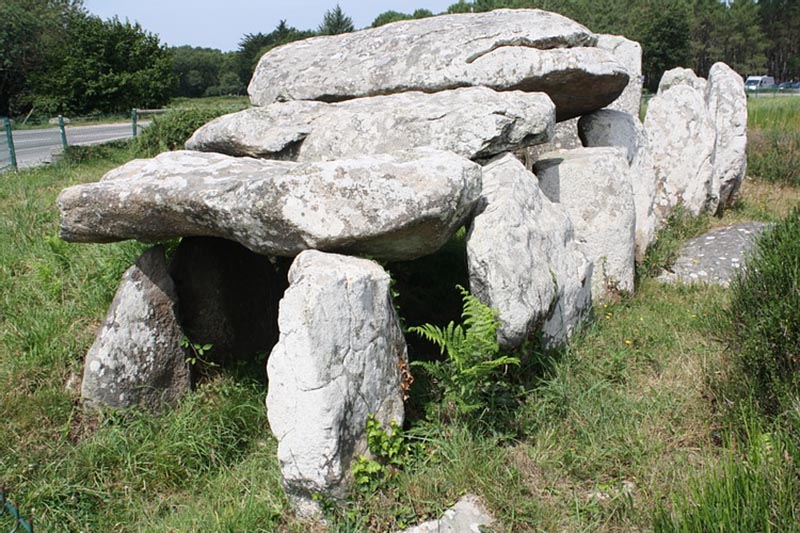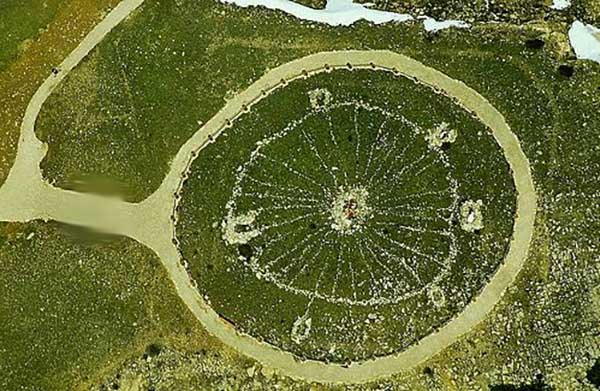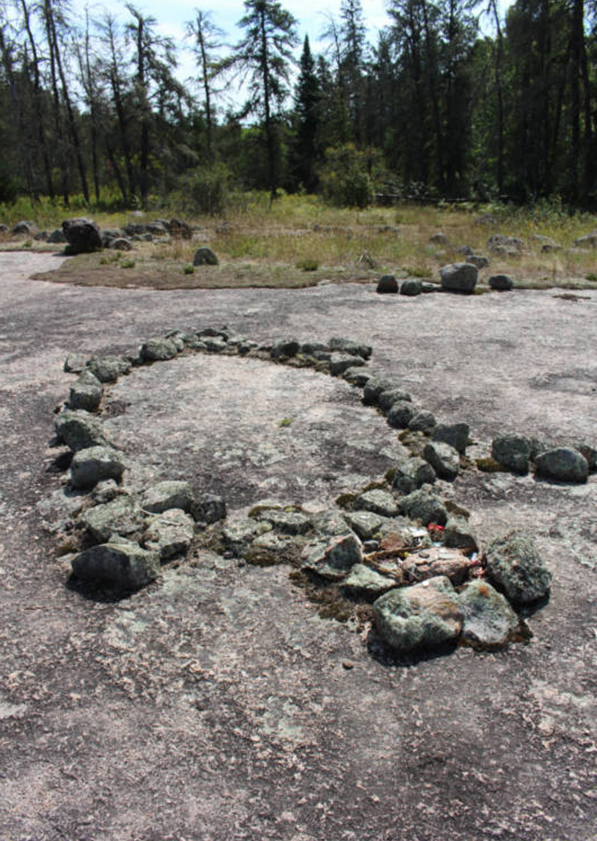

Petroglyphs Images Carved into Rock Face
Pictographs or Pictograms Images Painted on Rock Face
Geoglyphs Large Motifs on the Ground
Petroforms, also known as boulder outlines or boulder mosaics, are human-made shapes and patterns made by lining up large rocks on the open ground, often on quite level areas. Petroforms in North America were originally made by various Native American and First Nation tribes, who used various terms to describe them. Petroforms can also include a rock cairn or inukshuk, an upright monolith slab, a medicine wheel, a fire pit, a desert kite, sculpted boulders, or simply rocks lined up or stacked for various reasons.
Old World petroforms include the Carnac stones and many other megalithic monuments.
Petroforms are shapes and geometrical patterns made from arranging large rocks and boulders, often over large areas of open ground, unlike the smaller petroglyphs and graphs which are inscribed on rock surfaces. They were originally made in North America by native peoples for astronomical, religious, sacred, healing, mnemonic devices, and teaching purposes. The specific names of these rock formations and the uses varied by political and religious group. Presently, some of these sites are still being used by First Nations, elders, and others.
The first stone phase at Stonehenge has been dated to about 2600 BCE. Stone circles are still being made in Wales as part of the Eisteddfod movement, which incorporates this among other elements from the Druidic revival. Desert kites were used possibly by 3000 BCE; they fell out of use in the Neolithic as prey populations declined and the human population rose.

Some of the North American petroforms are over 2,500 years old. It is difficult to date all of them accurately because of a lack of soil deposits in some areas. Like the petroglyphs, many petroforms have complex and lengthy teachings that have been passed down orally by the Ojibwe, other First Nations, and the Midewiwin.
Some teachings may have been lost, along with the peoples that originally made some of the oldest petroforms in North America. In some North American states and provinces, there are laws to protect these important archaeological and historical sites. There were very few studies or specific mention of Manitoba petroform sites until the 20th century. The first detailed studies and descriptions of some sites in Manitoba were done by J. Steinbring and R. Sutton after the 1950s.
Presently, many Ojibwe or Anishinaabe ceremonies in North America involve the making of turtle shaped fire pits for sacred fires. In some instances, rocks are aligned near the entrance and fire of sweat lodge ceremonies that symbolize the Moon, the Sun and other things. Rock piles are still made to mark trails and important locations. A large turtle petroform of piled up boulders was recently made in the Whiteshell Park area of Manitoba.

In some cases, petroforms were made by non-literate cultures who have left no written record of whatever reasons led them to construct these forms. Oral history was passed along by many native groups, and a few groups had very complex symbolic writings on rock, petroglyphs, birch bark scrolls, and other media.
Some petroforms were used as astronomical calendars, with rocks aligned to solstice and equinox sunrises and sunsets. They are often found in higher areas, on hills, mounds, ridges, and natural rock formations. Higher ground allowed humans to carefully observe the horizon to mark and measure astronomical events.
Some rock alignments point out four or more directions, lunar events, the rising and setting of planets, some stars, and other astronomical events. Some petroforms can also be used in more complex ways for astronomical predictions, mapping of the sky and ground, and for complex ceremonies that help to memorize many oral stories and songs.
Petroforms are similar in some ways to medicine wheels which are also aligned with sunrises and sunsets, equinoxes, solstices, lunar events, and star patterns. Petroforms also mirrored the night sky, and the patterns of the stars, similar to astrological signs and symbols. Astronomical Observatories
The Sioux have oral stories of the serpent in the sky, a turtle, a bear, and other patterns seen in the stars. What is often known today as Orion's belt was one prominent, bright star formation, along with the central and stationary north star, now named as Polaris. What is now known as the planet Venus is the very bright morning and evening star that is very noticeable and at times is the first and last to appear.
Petroform sites in North America can be found in Manitoba, Saskatchewan, Alberta, Wisconsin, Minnesota, Wyoming, Montana, along the Mississippi River, the Missouri River, and elsewhere. It has been suggested that megalithic monuments including Stonehenge may have incorporated important astronomical alignments. Astronomical Observatories